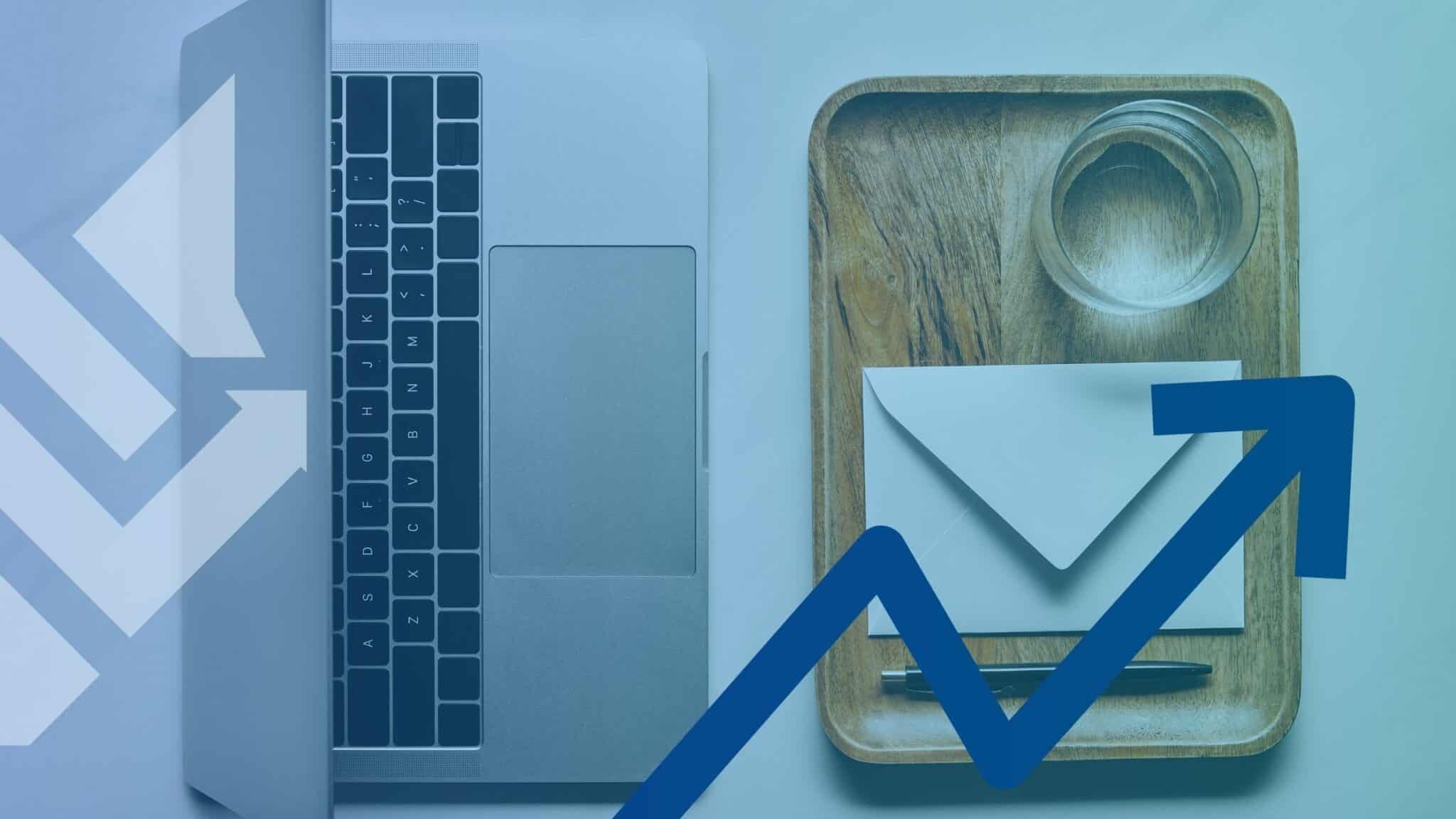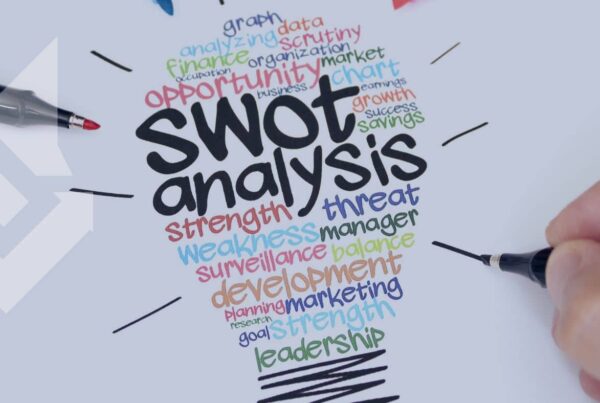Last updated on May 2nd, 2025 at 10:37 am
Email is far from dead. It can be one of the most effective ways to reach your customers, but a good campaign strategy isn’t just about writing emails and hitting send. Your goal is to send the most compelling, personalized message to the right people at smart times to get closer to a measurable goal.
If you’ve ever wondered why some emails work and others don’t, or if you’re unsure where to start, this guide will walk you through everything from ideation to automation.
Who Are You Talking To (And Why)?
Let’s be honest: inboxes are crowded. Most people delete more than they read. But that doesn’t mean it’s a lost cause as a marketing channel.
Actually, email marketing returns an average of $36 for every $1 spent.
That’s a result most other channels can’t touch...you and your campaign strategy just need a solid plan and a clear purpose.
The goal is to build trust in your brand, stay in mind (without being in their face), and guide your subscribers toward an action.
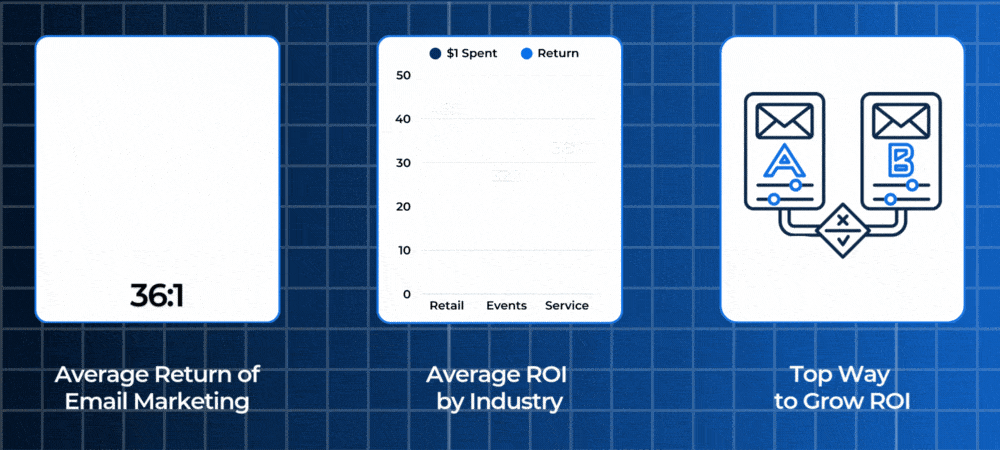
That could be scheduling a service, checking out a new offer, or just remembering your business exists when they need someone who does what you do. The emails that do this the best feel personal—even if they’re automated.
To make that happen, you need to understand who’s on your list and what they care about. Getting that info will just take a few steps.
Segmentation
First, look at your current contacts. Who are they? How did they sign up?
The complete list of contacts you have is made up of smaller audiences, not 500 identical ones, right? So you should avoid treating them all the same. That’s where segmentation comes into play.
Segmentation just means splitting your list into groups intentionally based on what you know—things like what someone signed up for, what service they’ve used, or how recently they’ve opened your emails.
It can get complicated, but it doesn’t have to be. Think:
- New leads vs. repeat customers
- People interested in one service vs. another
- engaged readers vs. contacts who haven’t opened an email in a while
This helps you send emails that feel more relevant. For example, someone who just booked a service probably doesn’t need a sales email—but a simple follow-up tip might go a long way.
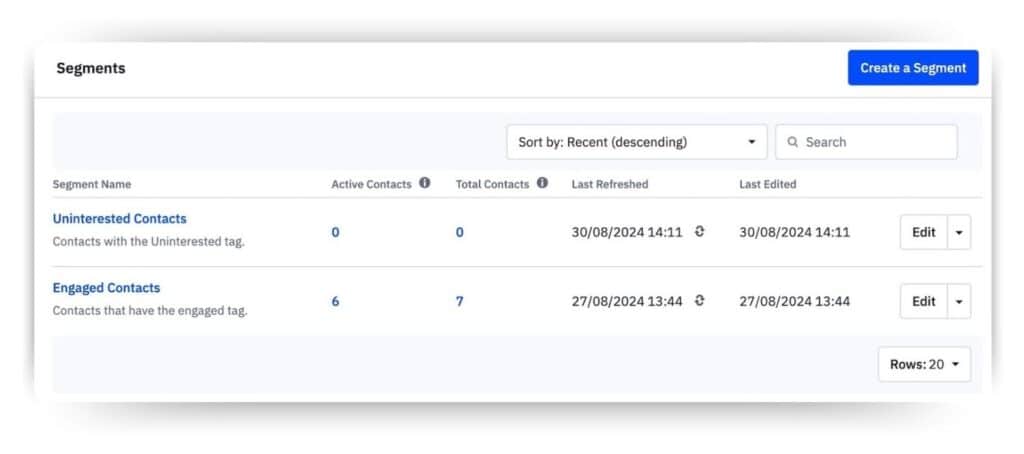
Your email platform probably makes this easier with tags, segments, and automation templates that let you use a smarter campaign strategy without extra work.
The result is fewer unsubscribes, better open rates, and more people actually doing what you hoped they would.
Set a Goal You Can Measure
Instead of thinking “I really want better email marketing,” narrow it down. What does success look like for this campaign? Pick one clear goal:
- More service bookings
- Replies to a specific question
- Downloads of a free guide
- Getting inactive contacts re-engaged
Sticking to one goal per email tightens up your campaign strategy and makes it easier to tell what’s working. That also helps you write effective emails that work for a purpose—and make it easier to know if they’re working. You can track clicks, opens, replies, and custom goals based on what you want a campaign to do. You can also use industry benchmarks to guide expectations.
For example, average open rates for most industries sit around 20–25%, and click-through rates typically fall between 2–3%. Use your past data to set a realistic goal slightly above your current average.
Pick a metric that ties directly to your campaign’s intent—like click rate for a downloadable guide or reply rate for a feedback request—and track it consistently. Over time, patterns will show you what success looks like for your audience.
Use past performance as a guide, and keep it realistic.
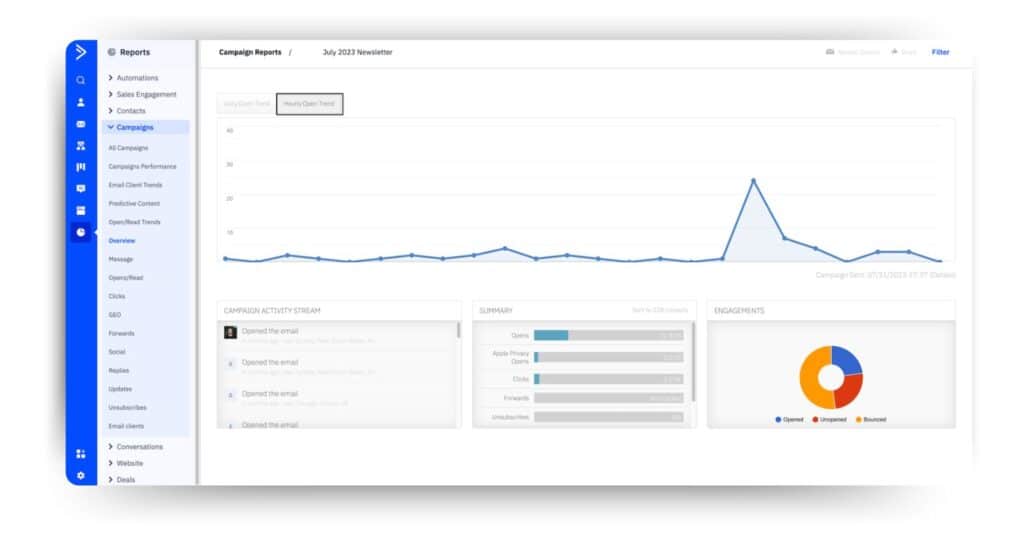
Write Like a Real Person
If your email sounds like a generic ad, most people will skip it. The best ones feel like a quick note from someone they like (or at least trust).
How to achieve that:
- Use natural-feeling and engaging subject lines. Like “Quick question” or “Still interested?” instead of “Limited time offer!” Speak how you’d normally speak when expecting a response.
- Keep it short and clear. Say what you need to say without filler. People are busy—make it easy to get the point, and make the point worth getting to.
- Make it feel personal. Use first names when you can, and include small details that show you’re paying attention to where they are in their journey.
- Design for phones. Most people open emails on their mobile devices. Stick to a simple layout, short paragraphs, and clear buttons. Use the mobile preview in your email editor and plant yourself in the reader’s shoes to gauge the experience.
Don’t worry about adding flashy graphics, and don’t use long paragraphs.
A straightforward email that sounds like you and is easy to skim through, offering something helpful or valuable goes a lot further than one that’s overly polished but lacking substance.
Plan the Whole Thing Before You Send
Before you send anything, step back and map out your full email, automation or flow, and campaign strategy.
Ask yourself and your team:
- What’s the one thing I want them to do?
- Who should get this?
- When should they get it?
- What happens if they open, click, or don’t respond?
This is where automation makes life easier. Let’s say someone downloads your guide from the first email.
- They get a thank-you email right away
- Two days later, a tip or reminder email
- A few days after that, a follow-up offer or booking prompt
Start small—maybe just 3 emails. Add more later if needed, or move on to another campaign with a different purpose.
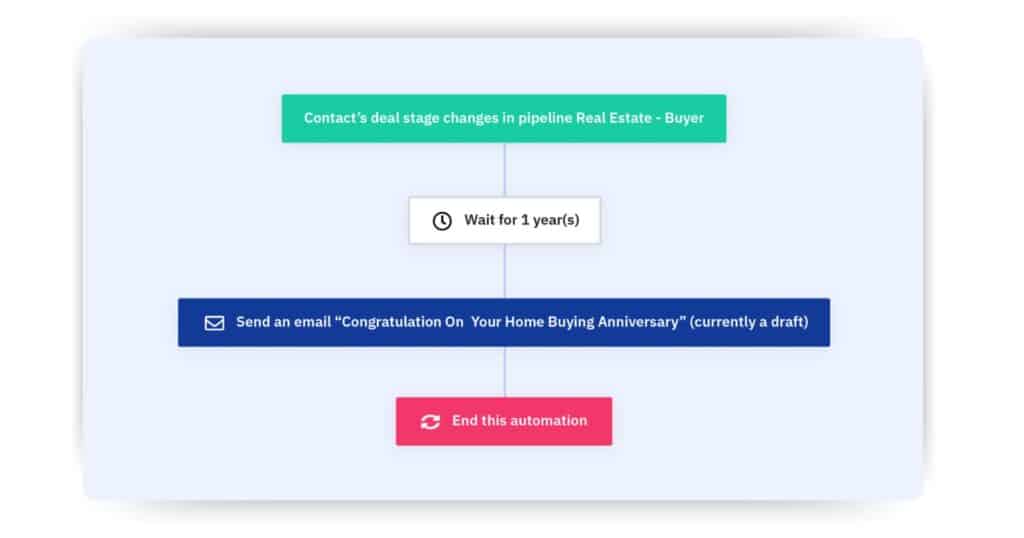
Example of a real estate 1-year follow up automation
Run It, Check It, Fix It
Even with the best plan, some things won’t land. That’s normal. Make testing part of your campaign strategy and overall process.
- Test subject lines. Send two versions to small groups and go with the winner.
- Switch up send times. Try mornings, evenings, or different days of the week.
- Tweak the call to action. “Book your inspection” is clearer than “Click here.”
Use your platform’s reporting tools to track what happened after delivery. Don’t get lost in the weeds—just keep improving what you can based on what you see.
Troubleshooting What’s Not Great
Not getting results right away? Start with the basics.
- Low opens. Try a shorter or more natural subject line. Clean up your list.
- Low clicks. Rework your email layout or call to action.
- Lots of unsubscribes. You might be emailing too often or sending stuff that doesn’t match what they signed up for. Check the segmentation and check the email’s content.
- Spam issues. Avoid words like “free,” limit links, and make sure your list is fully opt-in, with the option to unsubscribe available at the bottom.
Cleaning your list as it grows helps you reach the people who want or need to hear from you.
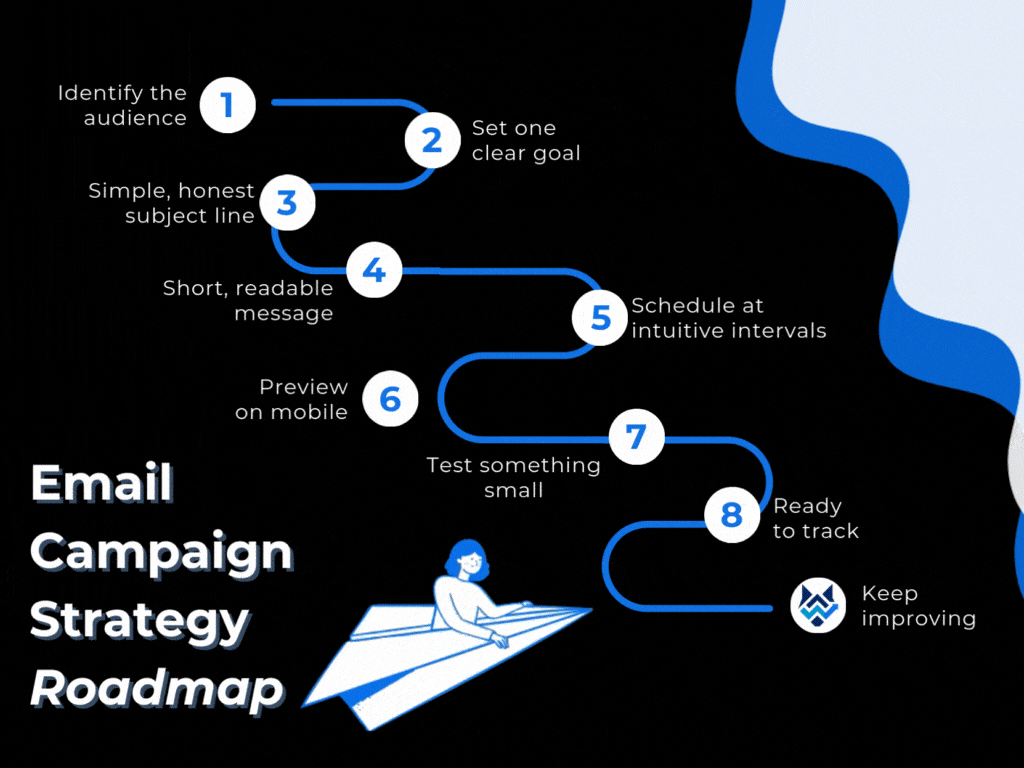
Your Campaign Strategy Game Plan
Before you hit send, make sure…
- You know who you’re emailing
- You’ve got one clear goal
- The subject line is simple and honest
- The message is short and easy to read
- You’ve scheduled your emails to go out at a good pace
- Layout works well on mobile
- You’ve tested something small
- You’re ready to track results and adjust as needed
Conclusion
You don’t need to already be a marketing expert to build strong emails or an effective campaign strategy. You just need a simple plan, a clear message, and a little consistency. Start small, see what works, and improve with every send.
If your email process needs a refresh before you can plan the next campaign (or if you’d rather have someone handle it for you) WolfPack can help. We’re Alphas of smart, automated email marketing that gets results in numerous industries and audiences—let’s talk about yours today.

